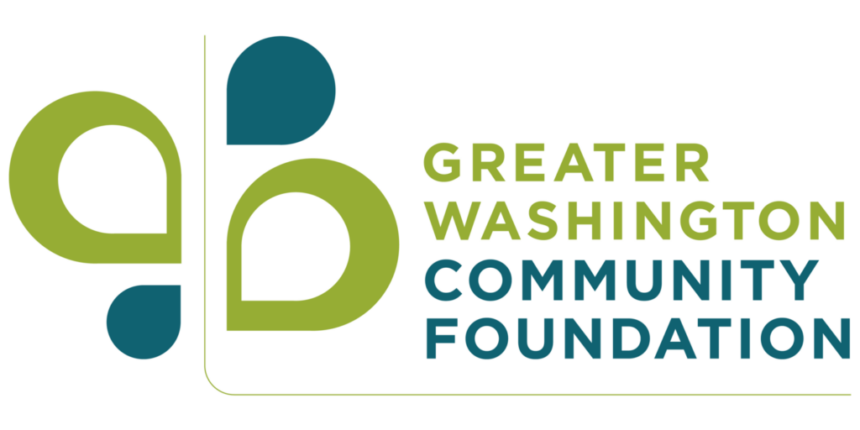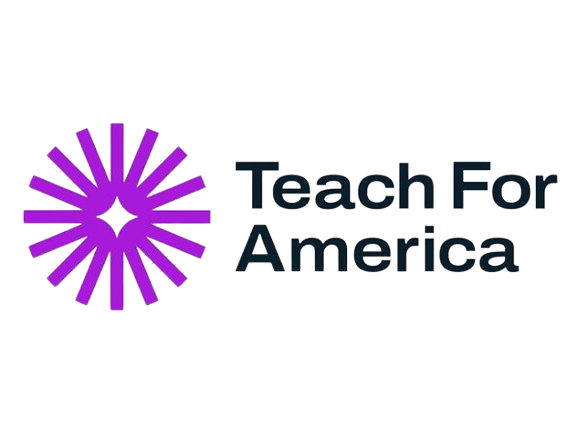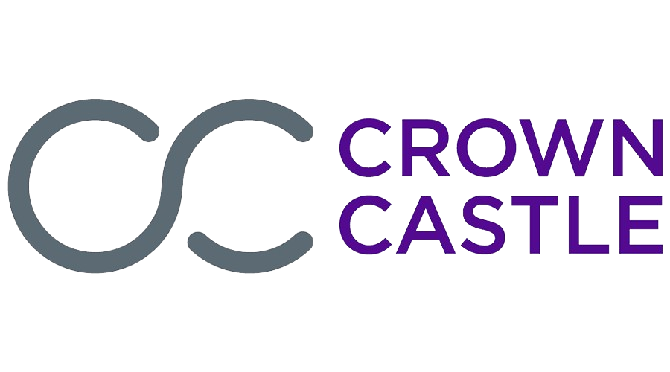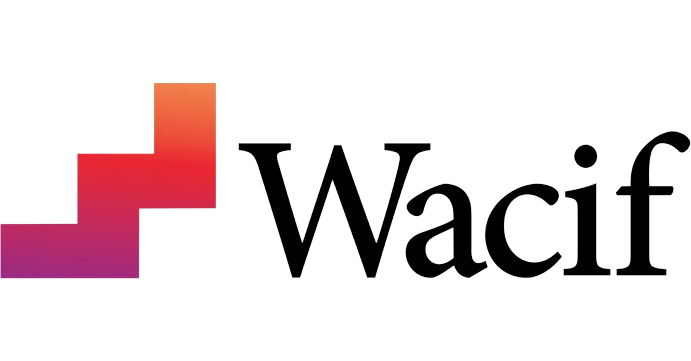How research and evidence can chart the path to educational equity | WTOP Partnership
Originally posted by WTOP on behalf of the American Institues of Research (AIR) and the Board of Trade here.
In 1954, the landmark Supreme Court ruling in Brown v. Board of Education found that a “separate, but equal” education was unconstitutional and ordered U.S. public schools to desegregate. However, as we approach the 70th anniversary of this ruling, U.S. schools are far from integrated. In fact, a 2022 federal report shows that many U.S. schools remain deeply divided along racial, ethnic and economic lines, despite increasing diversity in the student population.
“This deepening segregation has serious and lasting effects on students, families and communities,” said Jessica Heppen, president of the American Institutes for Research (AIR), a nonpartisan, not-for-profit institution headquartered in Arlington, Virginia that conducts behavioral and social science research and delivers technical assistance domestically and globally. “Educational inequity is a self-perpetuating ecosystem that needs to be systematically examined and dismantled,” said Heppen, a researcher and expert in education policy and practice.
Improving education is core to AIR’s work with its clients and communities, as well as a key area of focus for the AIR Equity Initiative, the institution’s five-year, $105 million investment in addressing the effects of segregation by race and place through research, grant-making, partnerships and other activities.
“Increasing opportunities and improving outcomes will take collaboration among all facets of our communities—schools, housing, public safety, social services and more,” said Rashawn Ray, vice president and executive director of the AIR Equity Initiative. “We are working to actively build structures and systems that forge integration and create educational equity.”
Segregation results in disparate academic outcomes, opportunities and experiences for many students. For instance, data from the National Center for Education Statistics Equity in Education Dashboard shows that schools where more than 75 percent of the attendees were students of color were more likely to take disciplinary actions than other schools. This is a concern because research shows that discipline measures such as suspensions and expulsions have negative effects on students’ academic outcomes and attendance, and do little to change future behavior.
With Equity Initiative funding, AIR researchers are conducting a study of the Bridges Collaborative, which connects school districts, housing organizations and other groups to collaborate and learn from each other on strategies to integrate schools. (See what AIR has learned so far.)
Academic gaps and a road to recovery
The COVID-19 pandemic has exacerbated long-standing inequities in U.S. schools. This was seen vividly in the most recent mathematics and reading scores from the National Assessment of Educational Progress, a federally administered test given to a nationally representative sample of students across the U.S. Scores fell or stagnated, and gaps among different racial and ethnic subgroups widened.
Academic recovery efforts, such as extended learning time and tutoring, have made some headway, but not enough, according to research from AIR’s Center for Analysis of Longitudinal Data in Education Research, NWEA and Harvard University. While research shows such programs are working, most schools and districts have not been able to implement interventions at the scale needed to counter widespread learning losses.
Two complementary AIR projects are helping researchers and practitioners understand and address the effects of the pandemic.
The RESTART Network aims to collect evidence about practices that can promote student academic recovery, particularly among students from marginalized groups and those who experienced learning challenges prior to the pandemic. AIR leads the network, which is funded by the Institute of Education Sciences (IES) at the U.S. Department of Education.
AIR is also studying how states, districts and communities responded to the pandemic through the COVID-19 and Equity in Education: Longitudinal Deep Dive project, funded by the Bill & Melinda Gates Foundation and the AIR Equity Initiative. The COVID-19 and Equity in Education Enrollment Explorer, an interactive data tool AIR designed as part of the project, helps policymakers and educators analyze pre- and post-pandemic student enrollment trends by locality.
“These projects aim to bring together the research communities, so that we can speak with a clear voice about how to interpret the research and share evidence-informed recommendations that can help guide policymakers,” said Susan Therriault, an AIR Institute Fellow who is leading this work.
Putting evidence into action
While data can provide decisionmakers with some insight into where they should focus or how they may tackle educational inequities, help may be needed to put that evidence into action.
Through the Regional Educational Laboratories (REL), funded by IES, AIR collaborates with states, school districts and communities in two U.S. regions to identify and ameliorate challenges. For instance, in Chicago, a team from REL Midwest is working with educators from Jonathan Burr Elementary School to implement evidence-based math engagement strategies and better prepare students for success in advanced math. And a team at REL Southwest is working with the Arkansas Department of Education to see how different communications strategies can encourage families to access literacy resources. These are just a couple of examples of how AIR is working with states and communities to improve educational opportunities.
“We not only want to generate high-quality evidence about what works to improve educational equity, we also want to help schools, districts and communities put that evidence to work,” Heppen said. “That is how we can achieve our mission and improve people’s lives today and in the future.”
Become a member today
We need your voice at the table to make Greater Washington a place where everyone can succeed



















